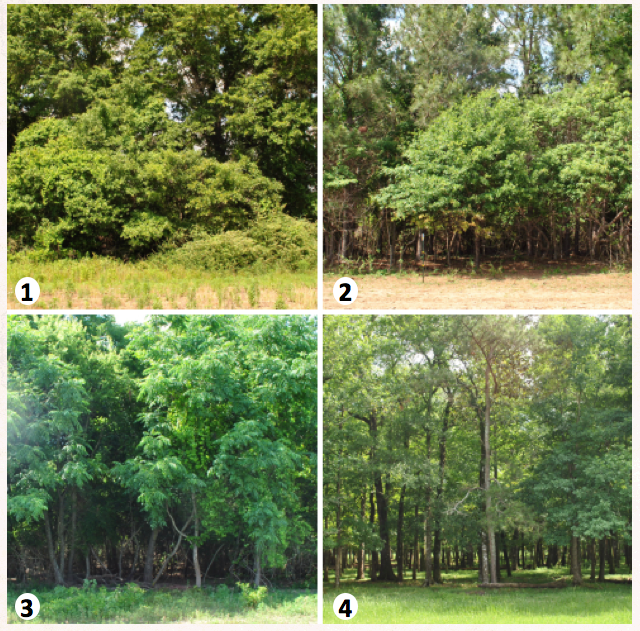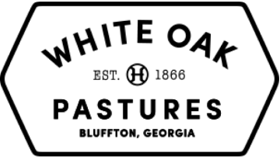
We all know a thing or two about grazing: basically, we think of livestock on pasture eating grass. Using holistic planned grazing, we can add biodiversity and shape the land to achieve a desired usage. Browsing, on the other hand, isn’t as well-known. Browsing is when livestock eat the leaves, stems and fruits of trees and shrubs. Much like we browse around a store when shopping, animals walk through a wooded area picking off their favorite vegetation. Sheep and cattle are typically better grazers, while goats are more effective browsers.
We’ve recently leased a 200-acre wooded area, and it’s the kind of place goats dream about when they go to sleep at night. This land hasn’t had livestock on it for 60 years, and as all land longs to do, it returned to a forest. In this state, it’s Valhalla, Eden, and Shangri-La for goats and their browsing tendencies.
Forests are a great environmentally-sound utilization of land, but the growing population of the earth needs food and our region needs jobs. These needs don’t align well with allowing huge productive masses of land to go unused. Instead of clearing the unused land using destructive methods like burning or applying chemical pesticides or bulldozers, we’ll use animal impact as a productive and ecologically sound way to bring the land back into high-quality forage production.
This is a method we’ve used for generations at White Oak Pastures. To better explain the process, we put together several photos from around the farm of land in different stages of management: 1. land that has not been browsed; 2. land that’s had one browsing; 3. land that’s had five years of browsing; and 4. land that’s been browsed since Will’s grandfather ran the farm. You can see the browse line is higher in each picture as the goats stretch higher and higher to clear out the brush.
Once goats have done their job on our newly acquired land, we’ll graze sheep, then cattle. It’ll go from a forest that a cat could barely walk through, to a savanna you could ride through on a horse. It’s like a palette, and using animal impact we’ll paint this land into our own masterpiece.


